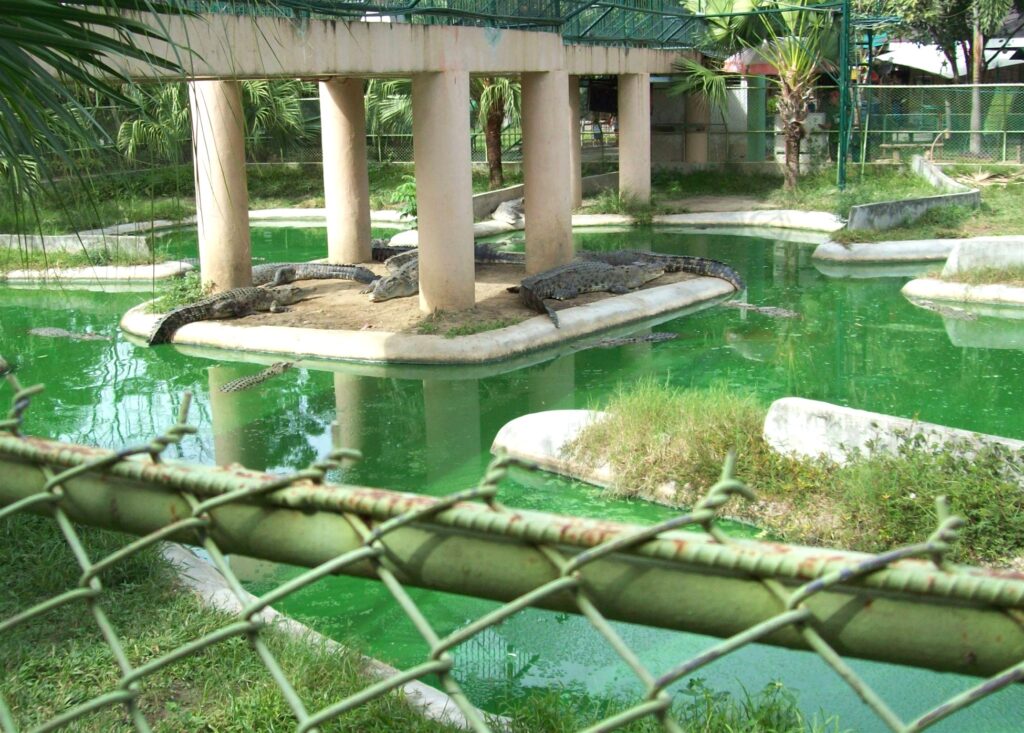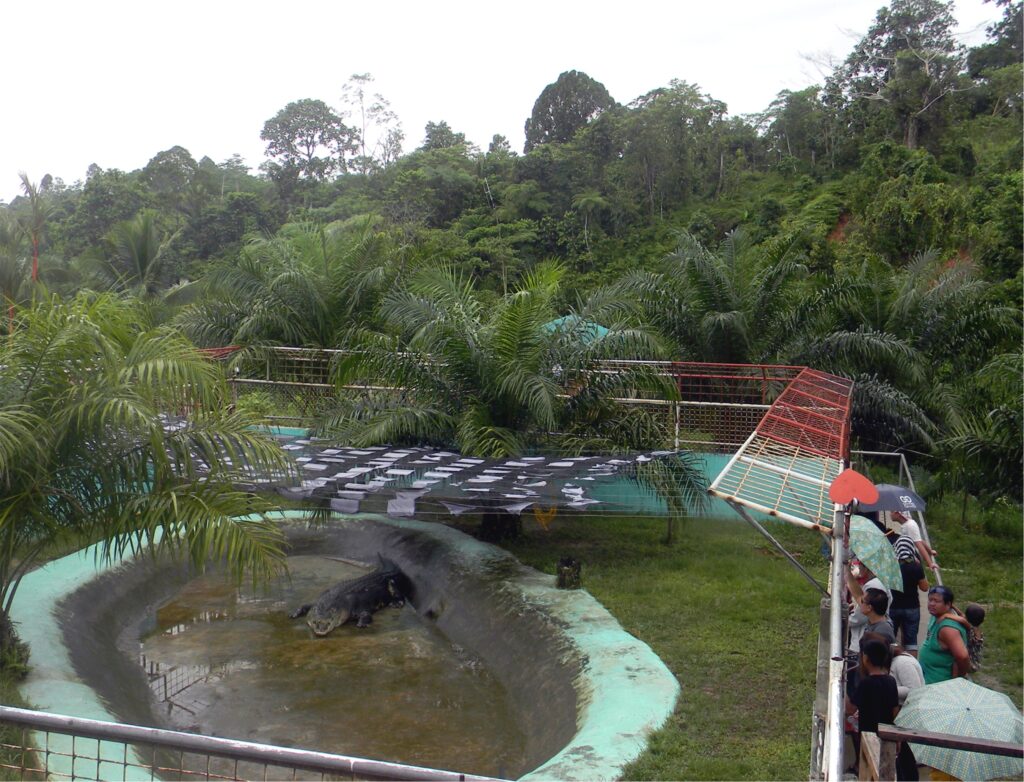Text and Photos by Henrylito D. Tacio
Just recently, international and local experts, researchers, and students from the Association of Southeast Asian Nations (ASEAN) gathered in a three-day forum primarily to advance the conservation and sustainable management of two crocodilian species in the country.
Among those discussed during the forum were the initiatives of various non-government and private organizations on the conservation of the two crocodile species and how local efforts could be aligned with national and regional policies on biodiversity, specifically species conservation.
Four crocodilian species are known in the ASEAN region and nearly all are on the brink of extinction. Wild populations continue to decline because of shrinking habitats, human-crocodile conflict, and the impacts of illegal wildlife trade.
Both crocodiles found in the Philippines are considered “critically endangered” and need to be protected, according to Dr. Theresa Mundita Lim, executive director of the ASEAN Centre for Biodiversity (ACB).
The saltwater crocodile, known in the science world as “Crocodylus porosus,” is the only crocodile found in the country that is allowed for commercial production. Fortunately, saltwater crocodile “is not globally threatened with extinction,” to quote the words of Mabuwaya Foundation, whose primary goal is to save the Philippine crocodiles from extinction.
Although saltwater crocodiles can be found in other parts of the world, they are becoming rare in the Philippines. In fact, they are locally extinct from most locations where they historically occurred. The reasons for their appearance: high demand for their skin.
“The saltwater crocodile is normally found in coastal waters, mangroves, rivers and large lakes that are connected to the sea,” the Mabuwaya Foundation says of the marine creature also known as estuarine crocodile.
According to the Department of Environment and Natural Resources (DENR), the young saltwater crocodiles eat insects, amphibians, crustaceans, and fish. Adults eat animals such as monkeys, pigs, birds, cattle, bats and even sharks. They prefer to hunt at night.
“This species is able to survive long periods in saltwater and is capable of traveling long distances through open sea,” the foundation states. “It is the longest crocodile in the world. Because of its size, large adult seawater crocodiles are potentially very dangerous to people and are feared as occasional man-eaters.”
Lolong, the massive saltwater crocodile found in the waters of Agusan River, was 21 feet long (6.4 meters).
In contrast, the endemic freshwater crocodile, also known as Philippine crocodile (“Crocodylus mindorensis”) is much smaller with a maximum recorded length of about 10 feet (3.1 meters).
“This species lives in freshwater habitats such as lakes, rivers and creeks but is also known to occasionally venture into saltwater habitats such as mangrove forest and intertidal coastal areas, possible when moving between coastal rivers,” the foundation said.
Brian Clark, who covers the environment for “National Geographic,” reports that female Philippine crocodiles are slightly smaller than males. “Both sexes have broad snouts and heavy armor,” he wrote. “They are golden-brown in color, although their skin darkens as they age.”
Young Philippine crocodiles, the environment department reports, prey on shrimps, dragonflies, small fish, and snails. Adults, on the other hand, feed on large fish, pigs, dogs, snakes, and water birds.
“Protection of wildlife is best attained when we protect the areas where they live. Thus, we expand and intensify the conservation of protected areas and boldly take actions to restore ecosystems in the region,” said Dr. Arvin C. Diesmos, Senior Director of the ACB’s Biodiversity Knowledge Management Department, in his opening remarks delivered on behalf of Dr. Lim.
During the forum, updates on crocodile conservation and management in the Philippines; animal welfare laws, policies, and guidelines by the Bureau of Animal Industry; crocodile conservation management and governance in Palawan; and Palawan Wildlife Rescue and Conservation Center’s 35 years of crocodile conservation.
The Paghungawan Marsh at the Siargao Island Protected Landscapes and Seascapes and the Philippine Crocodile Conservation Program in San Mariano, Isabela were recognized as two local governments championing crocodile conservation.
Aside from increased awareness of species conservation, the forum was a timely occasion to boost camaraderie among the participants and strengthen local programs, now that the habitats of Philippine crocodiles are vulnerable to the effects of climate change and from chemical runoff and water pollution. – ###




